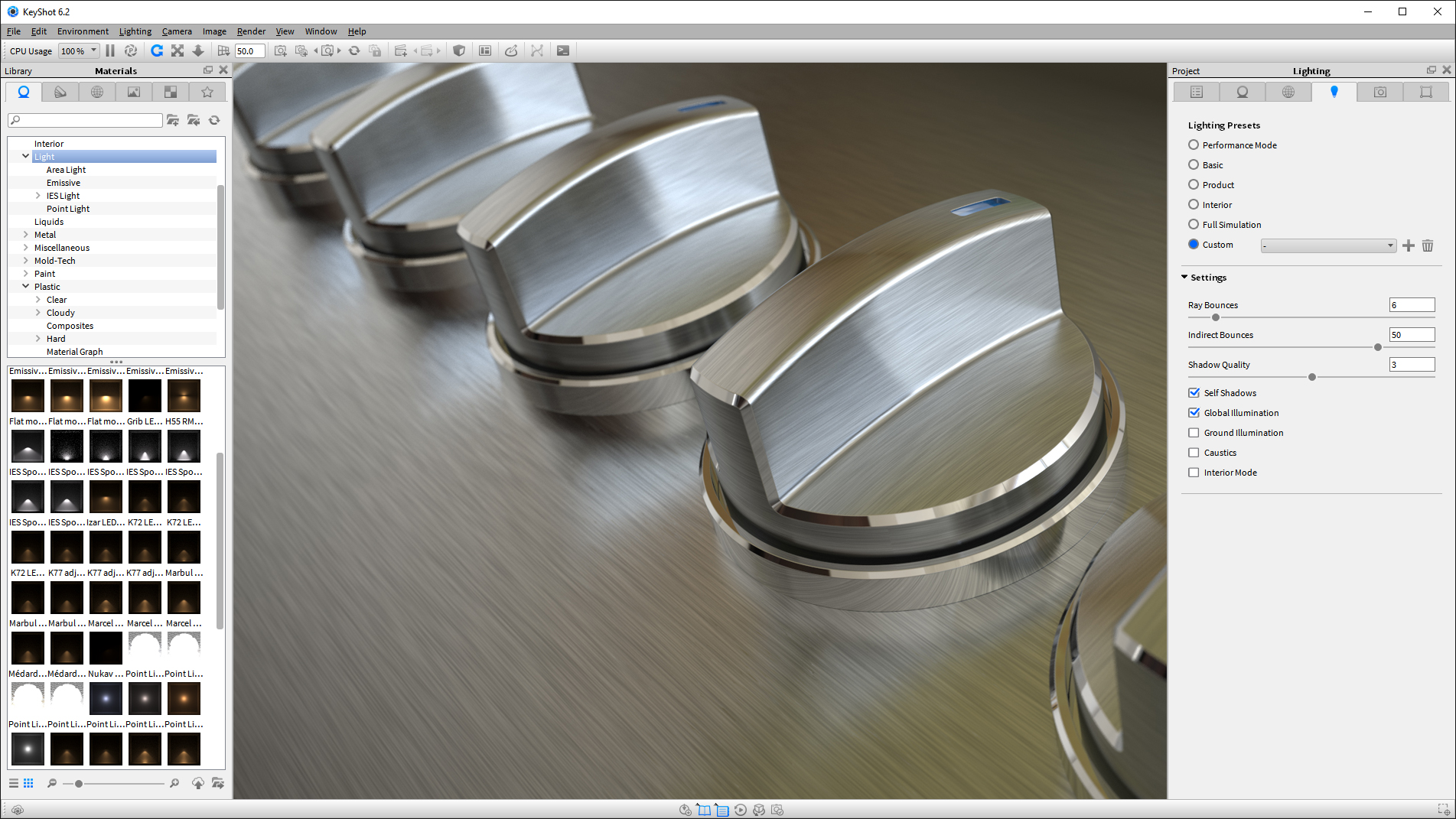
(Reading bump map is not yet included in GrabCAD Print but will be coming in future versions). Tolerance should always be greater than the displacement height. To prevent this: Make sure there is enough tolerance for the displacement to occur. Loading a bump map into GrabCAD Print will displace the surface during printing the visualization will be just for the bump map, and won't show any overlaps. Also don’t forget to set the background color or you don’t get the white glow around the transparent graphics.Use 300DPI+ resolution labels and textures, zoom in to make sure it looks sharp enough before export.

Some other quick tips for working with labels: In addition, we also suggest using high resolution labels, as low resolution can appear differently 3D printed. Option 2: Split the face of the label (either in Keyshot or in the modeling software) and apply the label only to that face.Option 1: Uncheck “Two Sided”, Use the “Depth” parameter (When using the default planar projection).To prevent this, try either of these two options: When 3D printing, all aspects of the design become visible once you actually hold the model. Projecting labels with the default settings can result in a model that renders well, but has a mirrored label on its back side (that you can’t see on a 2D render). However, one of the biggest mistakes you can make is leaving the “Projecting labels” default setting on. In our Working with Labels tutorial, you’ll see just how easy it is to apply labels in KeyShot. Cutaway ( Can bring file into SOLIDWORKS then split).X-Ray (Requires actual MRI or CT scans).Soft (Depends greatly on how you customize the shore value in GrabCAD Print).The closest you can get is interacting with our digital materials) Real metal (This depends on the material loaded.Light (This only matters when rendering).Reflective (Highly dependent on materials loaded and post-processing).Fuzz (Too fragile when printing and post-processing).The following material properties can produce unpredictable results, so we don’t recommend applying: For instance, the following material properties come out wonderfully on our J55 Stratasys 3D printer: Step 1: Working with Material PropertiesĬertain material properties work better than others when exported from KeyShot into GrabCAD Print.In this tutorial guide, we’ll discuss best practices for when you’re working with KeyShot and GrabCAD Print. This new workflow allows designers to easily export 3MF files (that maintain color and texture data) from KeyShot into GrabCAD Print.
#Assigning two materials keyshot 6 software#
It's also possible to download the QR code in high definition, perfect for printing 8.KeyShot 3D rendering software from Luxion Inc now seamlessly integrates with GrabCAD Print for a smooth and quick export of 3MF files. Remember that My AR Studio has an integrated cloud hosting system, you don't have to manage the hosting of models to view or share them. You can also easily embed the 3D viewer on any site, just copy this snippet 7 and paste it on the web page.
#Assigning two materials keyshot 6 android#
You can send the direct link to the Universal Viewer 6, via Whatsapp, email, or other channels and this link will show your model on any modern browser, on desktop and smartphones and in Augmented Reality on Apple iOS and Android devices. There are several options for sharing the model. Once the upload and conversion process completes, you can find your model in the projects page, where you can see the Universal Viewer 4, that is the central panel with the 3D Viewer where you can rotate and zoom the object.Īt the bottom right of it, you can find the QR that allows instant access to Augmented Reality 5. It will then be possible to view the model immediately, at this point we generate a poster 1 the first image that will be displayed during loading,Īt this point our model is ready, just click "Save and publish" 3. Now let's move on to my AR studio, drag our GLB into the interface, Import and prepare a file in My Ar Studio

Intermediate usage Quick Materials in My AR StudioĪugmented Reality Advanced usage Floating objects Docs Menu Getting started Access MyARStudio


 0 kommentar(er)
0 kommentar(er)
